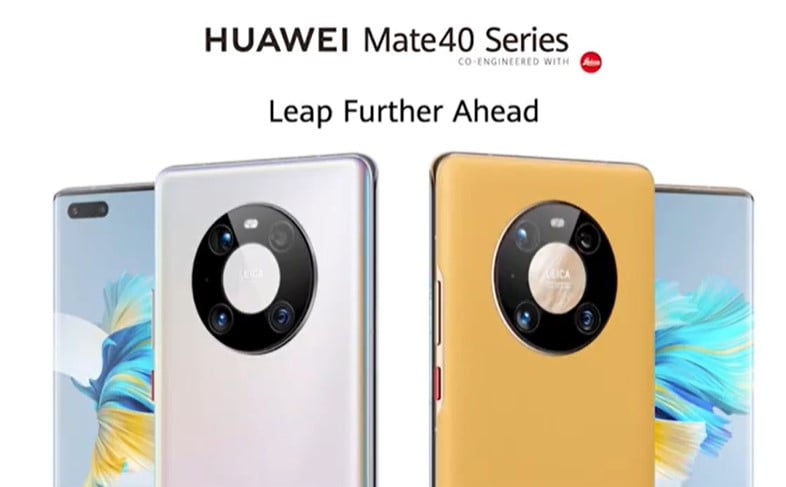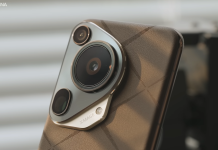The Mate 30 Pro launched with just one physical button – the power button. The reason was due to the phone’s “waterfall” display which curved 88° to the sides and made it near impossible for volume control buttons to be placed on the sides.
Huawei’s solution was virtual volume buttons that could be activated by double-tapping either sides of the screen which then brought up a virtual volume control slider.

The phone’s successor, the Mate 40 Pro, which launched last month also has a curved display (same 88° curvature) but comes with physical volume controls alongside the virtual buttons.
The Vice President of Huawei’s mobile phone business, Bruce Lee, revealed in an interview after the launch of the Mate 40 series in China, that they decided to bring back physical volume buttons as a result of the feedback they got from users of the Mate 30 Pro. Notwithstanding, they decided to keep the virtual buttons too as there is a significant percentage of users that like it.
Mr. Lee revealed that there were multiple prototypes of the Mate 30 series before they settled on adopting the use of virtual buttons. He added that one version of the virtual buttons they experimented with doesn’t require double-tapping but a swipe to adjust the volume. However, double-tapping received a more favorable response which is why they went with it.
The Mate 40 Pro’s physical buttons are on the right but are closer to the back of the phone. Huawei says they have also added an anti-accidental touch algorithm for the virtual buttons to make it easier for those who operate their phones with one hand.
UP NEXT: Huawei reveals EMUI 11 & Magic UI 4.0 update roadmap for China







